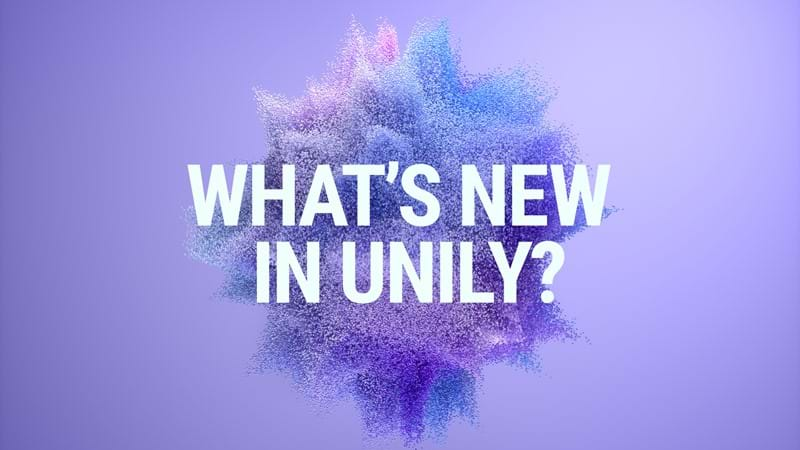What can we expect from SharePoint 2019?
Amongst a slew of major announcements from the recently held Microsoft Ignite conference was the news from Jared Spataro, General Manager for Microsoft Office, that the preview of SharePoint Server 2019 is expected to arrive by mid-2018. While only 35% of licenses are on-premises, this is a strong signal that Microsoft is still focused on providing businesses with both online and on-premises versions.

The continuation of the cloud plus on-premises strategy is good news to the shrinking but still-significant group of organizations who choose, for the time-being at least, to keep some or all of their content out of the cloud. This is often for security reasons, with organizations unable to store highly sensitive content in the cloud due to laws and regulations. The good news is that organizations can have the best of both worlds, deploying hybrid solutions that utilize and surface content from SharePoint on-premises in conjunction with SharePoint Online, OneDrive for Business and all of the other powerful tools in Office 365. With that said, what can we expect of SharePoint Server 2019? So far, Microsoft have been pretty spare with details. However, here's what we know:
Closer connectivity to the cloud and Office 365
The SharePoint Server 2019 on-premises version is built on the foundational release of SharePoint Server 2016. The goal is to bring you closer to the cloud and the cloud closer to you. With that in mind we will see many of the great new features coming to Office 365, also being made available to SharePoint Server 2019.
Next-Gen Sync Client support
The Sync Client allows users to synchronize content from SharePoint with their local computers, similar to the tool used for OneDrive for Business; the Sync Client had a chequered early history but has steadily improved in the Office 365 space. Expect a fast and reliable synchronization experience. It should be noted that Microsoft do not intend to bring support for the Sync Client to SharePoint Server 2016.
Modern UX throughout the product
Microsoft has invested majorly in overhauling and aligning the SharePoint and OneDrive user experiences as part of the new Modern UX. This UX consistency will also be extended to encompass the on-premises version of SharePoint.
Flow / Power Apps integration
Microsoft has now confirmed PowerApps and Microsoft Flow as its successor products to InfoPath and SharePoint Designer, used for forms and workflow development respectively, by developers and power users. Interestingly for InfoPath, the form-building tool that's enjoyed a love-hate relationship with SharePoint developers for over a decade, talk of its imminent demise seems premature. Microsoft has flagged its continuation to at least 2026, in line with the expected lifespan of SharePoint Server 2016.
Other SharePoint Online innovations
Other than the above, it is reasonable to assume with some confidence that many of the new features being announced for SharePoint Online will also feature in the SharePoint Server 2019 release, as Microsoft seeks to drive feature parity across its ecosystem. A notable exception may be SharePoint Hub sites, which bring together related sites under a unified look and feel with shared navigation, and which at this stage look to being omitted from the SharePoint Server 2019 release.
How will SharePoint 2019 work with Unily?
As with previous versions of SharePoint on-premises, Unily works to bring together disparate content from across servers and cloud storage into a single intranet. Unily will be able to use a Hybrid setup to surface documents and information stored in SharePoint 2019, using a federated search to show a single set of results no matter where content is stored. As the Unily product is developed in line with the Office 365 roadmap, the team will also evaluate when and where to integrate any new tools deeper into the platform.
Summary
In summary, SharePoint Server 2019 is shaping up as a significant product release. It will continue to support Microsoft customers who wish to maintain the capability for on-premises content storage, while leveraging Microsoft's investments in Office 365 and SharePoint Online, to bring state-of-the-art functionality to SharePoint Server.
Want to talk to us about your SharePoint and Office 365 intranet and digital workplace requirements? Get in touch today.
-
On-demand


















